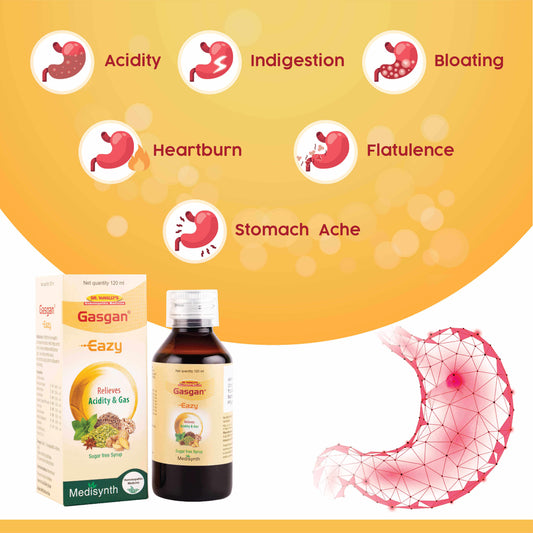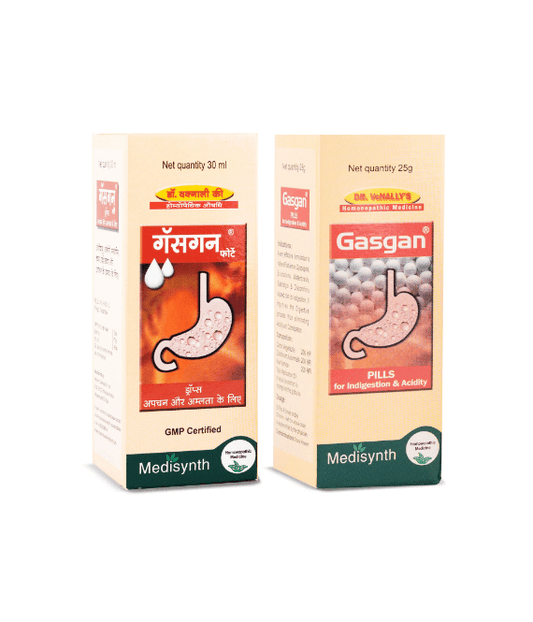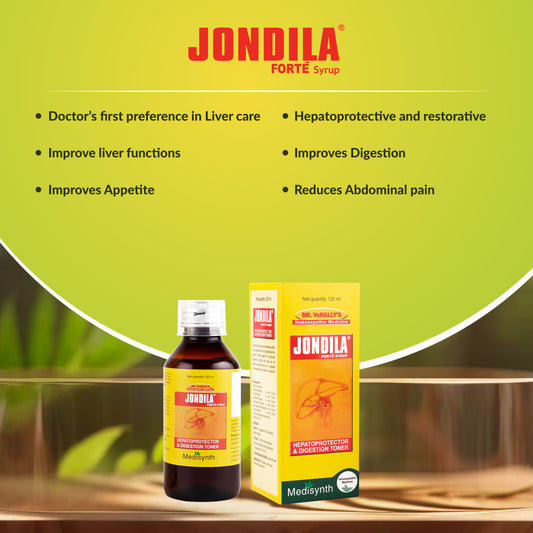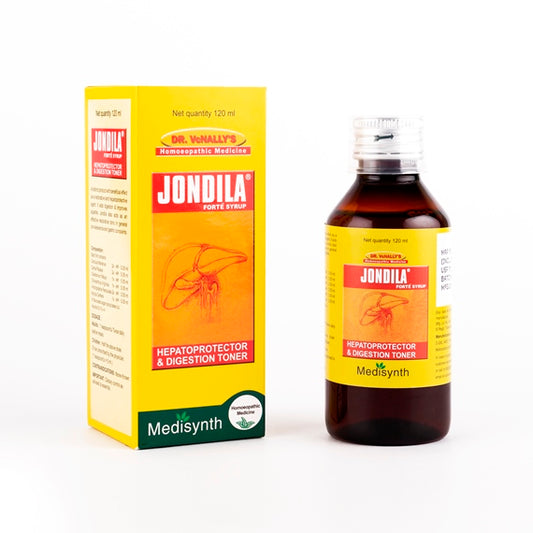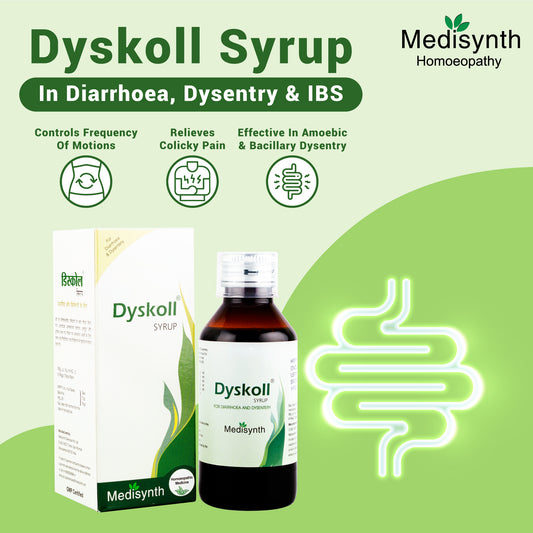Top 7 Benefits of Chelidonium Majus in Homeopathy

Chelidonium Majus, commonly known as Greater Celandine, is a powerful and widely used remedy in homeopathy.
Derived from the plant Chelidonium majus, which belongs to the poppy family (Papaveraceae), this remedy has a long-standing reputation, particularly for its action on the liver, gallbladder, and digestive system.
Its deep affinity for the right side of the body and its ability to address sluggish liver function make it a go-to remedy for many practitioners.
In this article, we’ll explore the top 7 benefits of Chelidonium Majus in homeopathy, backed by materia medica references and clinical usage, to give you a comprehensive understanding of this fascinating remedy.
What is Chelidonium Majus?
Chelidonium Majus, known as Greater Celandine, is a flowering perennial herb native to Europe and parts of Western Asia, although it also grows in North America.
Traditionally, it has been used in herbal medicine for centuries, especially in liver and bile-related conditions.
In homeopathy, the entire plant is used to prepare the remedy through a process of extraction as per homoeopathic technique, serial dilution, and succussion.
Botanical Profile
- Scientific Name: Chelidonium majus
- Common Names: Greater Celandine, Swallowwort
- Family: Papaveraceae (Poppy family)
- Parts Used: Whole plant, collected during flowering
- Appearance: Yellow flowers, deeply lobed leaves, and bright orange sap
The name “Chelidonium” is derived from the Greek word chelidon, meaning swallow (the bird), as it was believed the plant blossomed when the swallows returned and faded when they left.
Chelidonium is primarily a right-sided remedy, which means most of the symptoms it addresses (pain, pressure, congestion) are located on the right side of the body, especially the liver, right scapula, and right lung.
Here are some hallmark characteristics and themes:
- Biliary and Hepatic Affinity: Deep action on the liver and bile ducts.
- Marked Lethargy and Heaviness: Patients often feel mentally and physically sluggish.
- Yellow Discoloration: This includes yellow-coated tongue, yellow sclera, yellow stools - signs of bile stasis.
- Desire for Hot Drinks: A peculiar symptom where hot beverages relieve many discomforts.
- Pain Under Right Shoulder Blade: A keynote symptom rarely missed in classic Chelidonium cases.
- Irritability and Dullness: Mentally, the patient may feel foggy, irritable, or disinterested.
7 Major Benefits of Chelidonium Majus in Homeopathy
1. Liver Disorders and Jaundice
Liver support is the cornerstone of Chelidonium Majus’ action in homeopathy.
Chelidonium is renowned for its remarkable action on liver dysfunction. It is especially helpful in cases of hepatic congestion, liver enlargement, and sluggish liver function.
A classic keynote for this remedy is jaundice accompanied by a yellow-coated tongue and yellowish sclera (whites of the eyes).
Patients may also complain of constant pain under the right scapula (shoulder blade), which is a strong guiding symptom.
Common Indications:
- Hepatitis
- Liver enlargement
- Gallbladder inflammation
- Jaundice due to hepatic & gallbladder obstruction
Boericke describes Chelidonium as “a prominent liver remedy, covering many of the direct reflex symptoms of diseased conditions of that organ.”
2. Gallbladder Issues and Biliary Colic
Chelidonium Majus is highly effective in relieving gallbladder pain, especially when there are gallstones or bile duct obstruction. The remedy helps stimulate the flow of bile and reduce gallbladder congestion.
Typical Symptoms:
- Sharp, cramping pain in the right upper abdomen
- Pain radiating to the back or right scapula
- Nausea and vomiting accompanying the pain
- Worse after eating fatty foods
Homeopathic Chelidonium supports bile flow and reduces spasmodic pain. It is often prescribed in cases where there is a history of gallstones or a tendency toward gallbladder attacks.
3. Digestive Complaints
Chelidonium Majus improves overall digestive function, especially when symptoms are linked to liver insufficiency. Patients needing this remedy often feel bloated, heavy, or nauseous after meals. A bitter taste in the mouth and yellowish stools are also typical signs.
Beneficial For:
- Indigestion
- Bloating and flatulence
- Nausea with right-sided abdominal discomfort
- Constipation with clay-colored stools
Chelidonium is often used when digestive issues stem from poor liver function or a “sluggish liver.”
4. Headaches Related to Liver Dysfunction
One of the lesser-known but clinically relevant uses of Chelidonium Majus is for headaches that are secondary to liver or gallbladder troubles. These are typically right-sided headaches, often described as dull, pressing, or bursting in nature.
Chelidonium can be used when:
- The headache starts in the occiput and moves to the right eye
- Associated with bilious vomiting
- Worse from motion and better by pressure or lying on the painful side
5. Skin Conditions with Liver Involvement
Chelidonium Majus is sometimes indicated in skin conditions where liver dysfunction or bile insufficiency is at the root of the problem. This includes cases of jaundice, eczema, or acne accompanied by digestive complaints and a yellow tinge to the skin.
Potential Skin Symptoms:
- Yellow pigmentation of the skin
- Itchy or dry patches associated with systemic toxicity
- Acne in adults related to poor digestion or hormonal imbalance
By supporting detoxification through the liver and gallbladder, Chelidonium indirectly helps improve skin health.
6. Respiratory Ailments – Especially Right-Sided
While Chelidonium is primarily known for its hepatic action, it also plays a role in treating certain respiratory issues, particularly when symptoms are right-sided and linked with general hepatic sluggishness.
- Cough in paroxysms; throws up lumps of mucus
- Shortness of breath worse on exertion
- Pneumonia affecting the right lung
- Wheezing with fullness in the upper abdomen
This connection may be due to pressure from an enlarged liver or referred pain patterns affecting the lungs and diaphragm.
7. Eye Conditions with Hepatic Involvement
In homeopathy, eye symptoms are often connected to deeper systemic imbalances. Chelidonium Majus is especially helpful in treating conditions like conjunctival jaundice (yellowing of the whites of the eyes), and other eye issues that accompany or follow hepatic disorders.
Eye Complaints Include:
- Yellow sclera
- Visual disturbances associated with liver disease
- Heaviness in the eyelids
- Pain radiating from the eyes to the temples
The yellow coloration of bodily secretions and tissues is a keynote for this remedy.
How to use Chelidonium Majus?
Chelidonium Majus is commonly included in specialized formulations that support Hepatic and gallbladder health.
Two noteworthy preparations by Medisynth that utilize the therapeutic properties of this remedy are Jondila SF and Alfavet Hepakoll.
Jondila Forte/Jondila SF
Jondila Forte & SF is an oral liquid formulation that includes Chelidonium Majus as a key ingredient, specifically designed to support hepatic function.
It is sugar-free (hence the "SF" in its name), making it suitable for individuals who need to manage their sugar intake. Also, It is available in sugar base form.
The formulation is typically used in conditions associated with sluggish hepatic function, poor bile secretion, and digestive disturbances related to hepatic insufficiency.
Chelidonium’s action in this formula helps promote bile flow and ease symptoms like heaviness in the right upper abdomen, bitter taste in the mouth, and yellowish discoloration associated with bile stasis.
Alfavet Hepakoll
Alfavet Hepakoll is a veterinary formulation that features Chelidonium Majus for hepatic support in animals, particularly pets experiencing hepatic stress or bile flow disorders. (write hepatic in place of liver)
It is often used to maintain healthy digestion & hepatic function, especially in animals recovering from infections.
Hepakoll is generally used under the supervision of veterinary professionals and is tailored for safe use in animals.
Conclusion
Chelidonium Majus is a versatile and invaluable remedy in homoeopathy, especially when it comes to disorders of the liver and gallbladder.
From jaundice and biliary colic to digestive distress and headaches, Chelidonium’s therapeutic reach is significant.
What makes it stand out is the unmistakable keynote of right-sided symptoms and its effectiveness in cases involving yellow discoloration of bodily fluids and tissues.
Its importance in modern homeopathic practice cannot be overstated. If your symptoms match the classic picture of Chelidonium Majus, this remedy can bring substantial and holistic relief.
As always, it is important to consult a practicing homeopath and take these remedies under professional supervision to monitor liver function and avoid overstimulation.
References:
- Effect of a homeopathic drug, Chelidonium, in amelioration of p-DAB induced hepatocarcinogenesis in mice
- Chelidonium
- A comprehensive review of chelidonium mother tincture’s role in alleviating gallstone-related symptoms
- Boericke’s Materia Medica with Repertory
